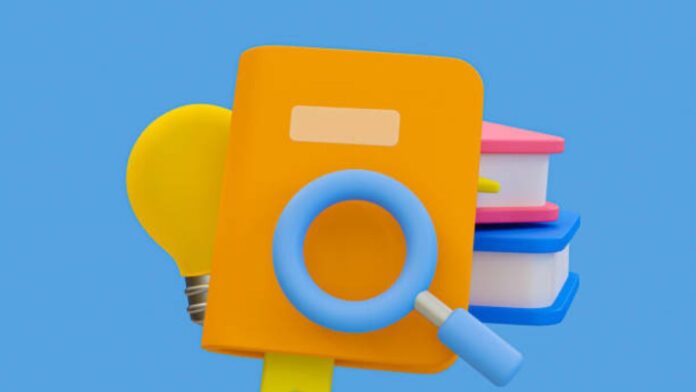QuickBooks is one of the best accounting software programs available. It is easy to set up, navigate, and use. It also has many powerful add-ons, which can help you save time and money. But how do you choose the right software for your business?
Easy to Use
QuickBooks is an excellent choice if you’re looking for accounting software that’s easy to use. The software includes various features that can help your small business stay organized. For example, it can help you track your accounts payable and time payments accordingly. This allows you to maximize cash and avoid paying for things you don’t need.
It also allows you to create quotes and sales orders for your customers and even lets you accept payments online. That’s a big plus if you run a retail business. Customers can pay via credit card or bank account transfer. It can even handle inventory. And it’s easy to learn and use, which is why it’s such a popular choice for small businesses.
Another advantage of using QuickBooks is that it has in-house accountants available to assist you with any accounting needs. This saves you from the expense of hiring an outside accountant. Plus, they have a great deal of experience with Quickbooks. However, it’s important to remember that every small business has better options than QuickBooks.
Simple to Set Up
Setup Quickbooks is a relatively simple task, and anyone can do it. Whether you’re the CEO or the admin that handles payroll, invoicing payments, or online banking, QuickBooks is flexible enough for all users. You can separate users according to their tasks and customize features to their specific needs.
In the first step, you must select an account for your company. This will affect how the program functions. Next, you should choose whether or not to include a detail type. Choose the kind of detail that makes the most sense to you. Once you’ve made your selection, hit the Save or Close button. QuickBooks will then create the new account and code the transaction.
After you’ve selected an account, QuickBooks will ask you to link your bank and credit card accounts. Once you’ve done this, you can import past transactions and assign them to the new account. QuickBooks can also import transactions from multiple bank feeds.
Easy to Navigate
QuickBooks has improved its user interface and makes it easier to navigate. Its new interface offers navigation centers, which make it easy to find the features you need most. You can also customize the Icon Bar, making navigating the program more accessible. In addition to the new interface, QuickBooks has a yellow tab that provides easy access to new features. You can hide the vertical menu bar to make it easier to navigate. This tab also offers shortcuts for frequently used parts.
The main dashboard of QuickBooks displays several statistics about your business, including your profit and loss, bank account information, sales summary, and overdue customer reports. The software also offers an option to create invoices. To create an invoice, click on the blue “New Invoice” button and enter the client’s information. You can also save the customer’s details in a drop-down menu and select them later. In addition, you can input product details and tax percentages to create an invoice that suits your needs.
The Vendor Center in QuickBooks allows you to track your vendor’s activity. It provides a place to enter information about new vendors and manage their existing knowledge. In addition, a Bill Tracker feature is available in QuickBooks Desktop and lets you see current, recently paid, and due bills. You can also manage payment methods, including credit card or ACH transfers.
Powerful Add-Ons
QuickBooks users who wish to expand their business can install third-party add-ons to boost the functionality of their accounting software. These add-ons can be used with QuickBooks desktop or online. They help in automating processes or solving specific problems. In addition to this, these add-ons are often free or relatively inexpensive.
For example, the Vendor Center in QuickBooks Desktop offers a place to organize and manage the activity of your vendors. This tool allows you to enter basic information about your vendors and add additional details. Moreover, you can use the Bill Tracker feature, which will let you keep track of all bills and their due dates. You can also pay bills by check, ACH transfer, or credit card.
Another powerful add-on is Expensify. Its SmartScan technology can capture receipt details and import them into your QuickBooks account. It can also handle administrative tasks, such as creating receipt banks, tracking expenses, and sending employee statements.









